Have you ever wondered why certain spiders seem to disappear into the smallest crevices in your home, never to be seen again? While most of us might assume these eight-legged creatures are simply hiding temporarily, the truth is far more fascinating. Some spider species have evolved to live their entire lives within the narrow confines of wall cracks, gaps between baseboards, and other tight spaces that most creatures would find impossibly restrictive.
The Hidden World of Crack-Dwelling Spiders
Deep within the structural elements of your home exists a microscopic ecosystem that’s largely invisible to human eyes. These narrow spaces, often measuring just millimeters in width, provide the perfect environment for specialized spider species that have adapted to thrive in extreme confinement. Unlike their web-spinning cousins who need open spaces to construct elaborate traps, these crack dwellers have developed entirely different hunting and survival strategies.
The temperature within wall cracks remains remarkably stable compared to the fluctuating conditions of open rooms. This thermal consistency creates an ideal microenvironment where spiders can maintain their metabolic processes without the energy expenditure required to regulate body temperature in variable conditions. Many homeowners never realize that behind their walls lies a complex network of spaces teeming with microscopic life.
Evolutionary Adaptations for Confined Living
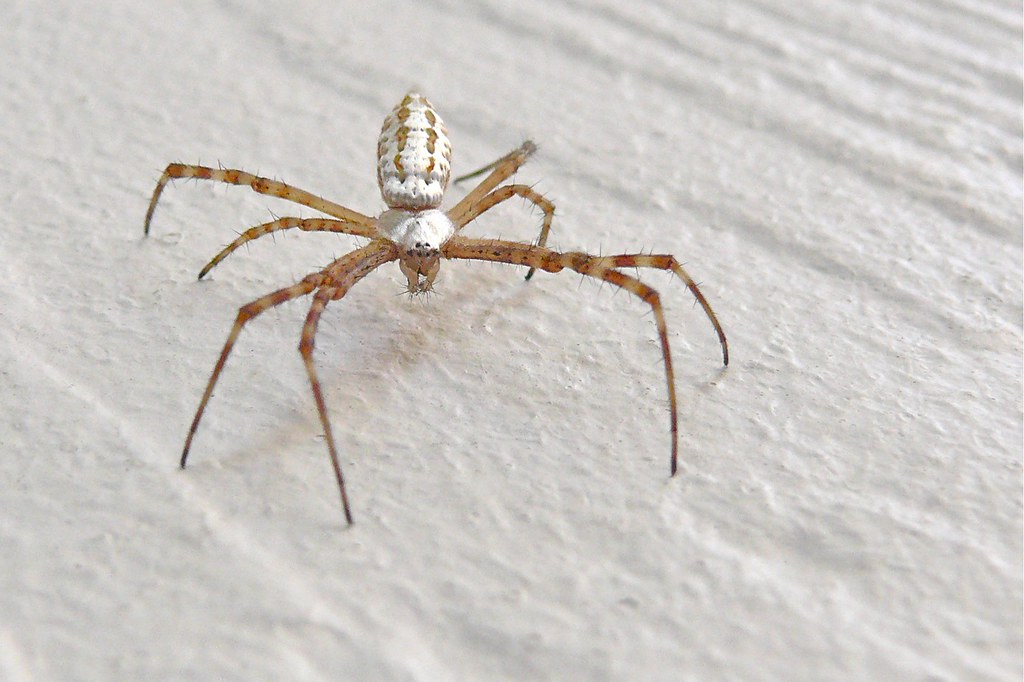
Evolution has sculpted these remarkable arachnids into living examples of biological engineering. Their bodies have become increasingly flattened over generations, allowing them to navigate spaces that would crush other spider species. Some crack-dwelling spiders can compress their bodies to fit through openings thinner than a human hair, a feat that would be impossible for their more robust relatives.
Their leg structure has also undergone significant modifications, becoming more flexible and capable of extreme articulation. This allows them to move through twisted passages and navigate around obstacles within the confined spaces of wall systems. The sensory organs of these spiders have become hypersensitive to vibrations, compensating for the limited visual information available in their dark environment.
The Perfect Microhabitat

Wall cracks offer everything these specialized spiders need for survival. The constant influx of microscopic debris, dead skin cells, and tiny insects creates a reliable food source that flows directly through their hunting territory. Unlike spiders that must venture out to find prey, crack dwellers can simply position themselves strategically and wait for meals to come to them.
Moisture levels within these spaces remain relatively consistent due to condensation and the natural humidity present in most homes. This eliminates the risk of dehydration that threatens many other spider species, particularly during dry seasons. The protection from predators is another crucial advantage, as few creatures can access these narrow sanctuaries where the spiders have established their territories.
Hunting Strategies in Tight Spaces
These spiders have abandoned traditional web-building in favor of more efficient hunting methods suited to their environment. Instead of constructing elaborate webs, they rely on lightning-fast ambush tactics, using their compressed bodies to spring forward and capture prey that ventures too close. Their hunting success rate is remarkably high because prey animals have limited escape routes in the narrow confines of wall cracks.
Some species have developed sticky leg pads that allow them to cling to smooth surfaces while hunting, giving them a significant advantage over prey that struggles to maintain footing in the cramped environment. The vibrations caused by struggling prey are amplified within these narrow channels, alerting the spiders to potential meals from considerable distances.
Reproduction and Life Cycles
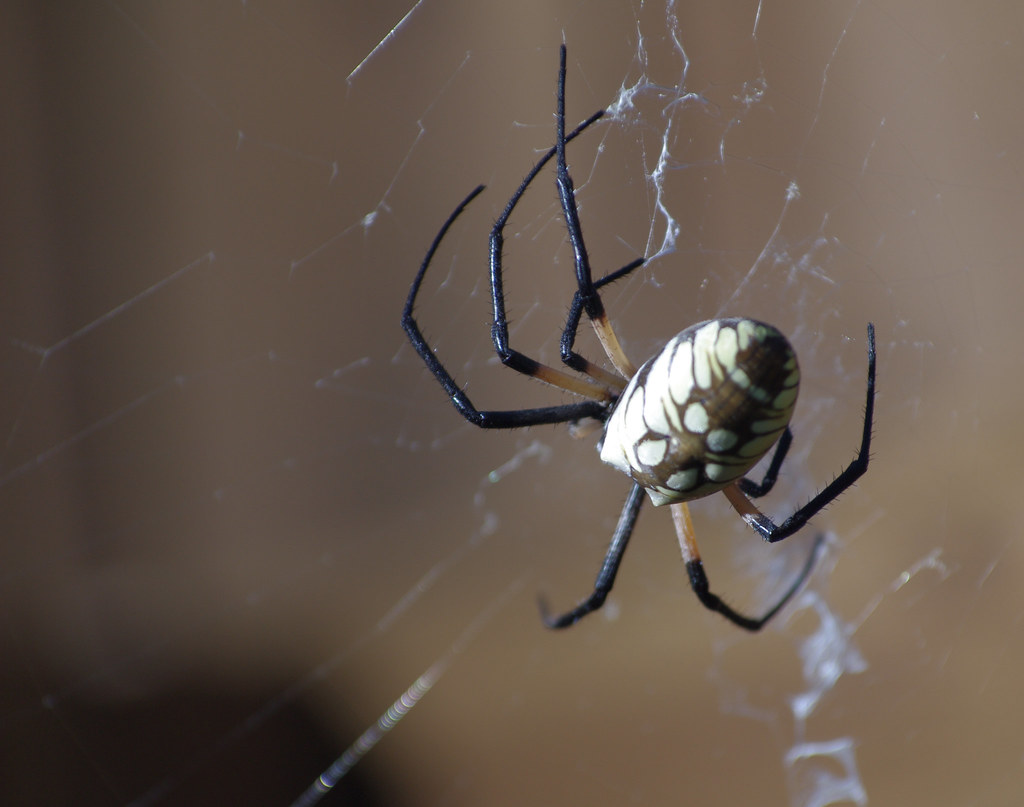
The reproductive strategies of crack-dwelling spiders are as fascinating as their hunting methods. Females often create small silk chambers within wider sections of cracks where they can safely lay their eggs and protect their offspring during the vulnerable early stages of development. These nursery chambers are architectural marvels, perfectly sized for the confined space yet providing adequate protection for developing spiderlings.
Male spiders navigate the complex network of cracks using chemical trails left by potential mates, a process that can take days or even weeks in the labyrinthine passages. The courtship rituals occur entirely within these hidden spaces, with complex vibration patterns serving as the primary form of communication between potential partners.
Species Diversity in Wall Ecosystems
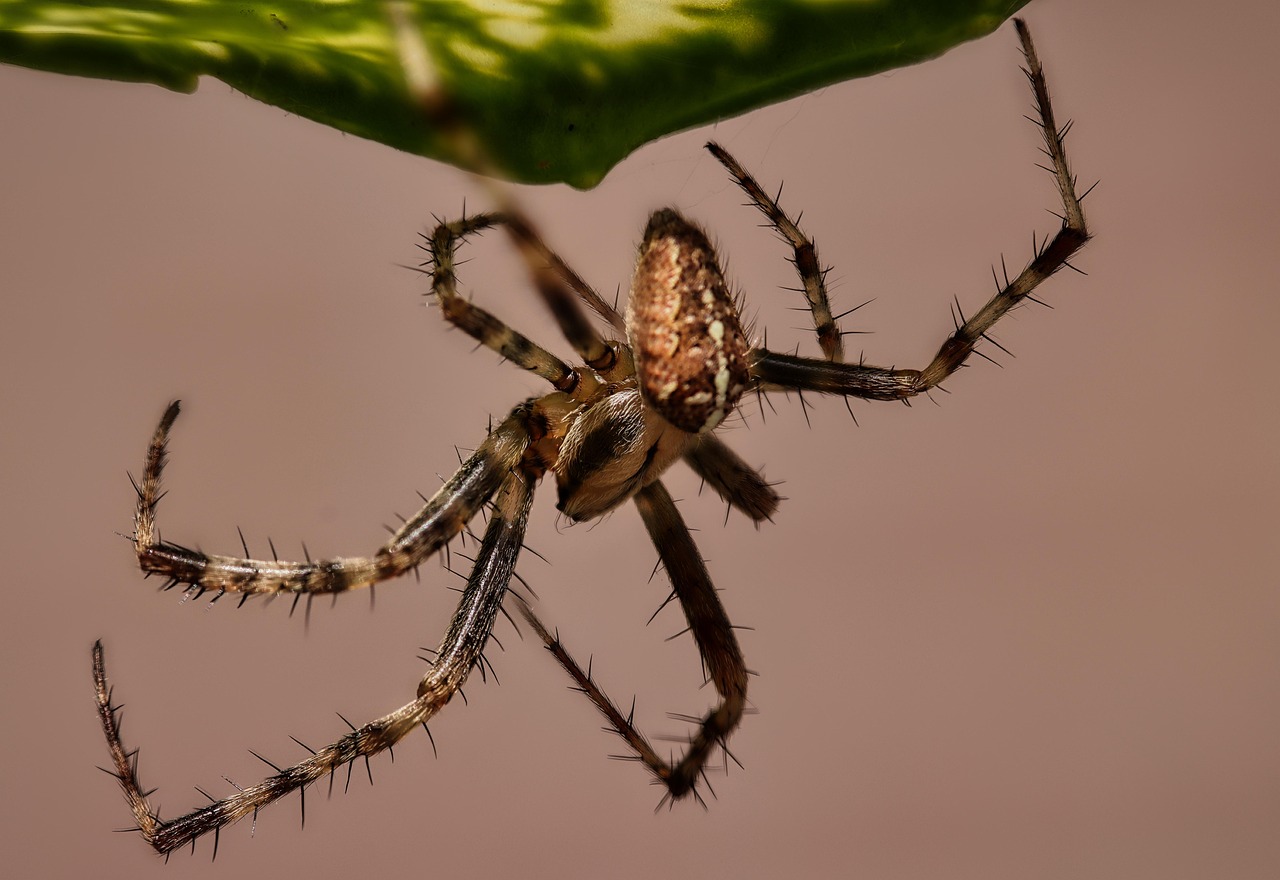
The diversity of spider species that have adapted to crack-dwelling lifestyles is truly remarkable. From the tiny Oonopidae family members, which rarely exceed 3 millimeters in length, to the more robust Dysderidae species that can stretch up to 15 millimeters, each has found its niche within the confined spaces of human structures. These spiders represent multiple evolutionary lineages that have independently converged on similar solutions to the challenges of crack living.
Some species have become so specialized that they can only survive in cracks of specific dimensions, while others have maintained enough flexibility to exploit various sized openings. The geographic distribution of these species often correlates with building materials and construction techniques, creating unique regional populations adapted to local architectural styles.
The Physics of Crack Navigation
Moving through spaces barely wider than one’s own body requires sophisticated understanding of physics and biomechanics. These spiders have mastered the art of using surface tension and friction to their advantage, employing techniques that would challenge even the most advanced robotics engineers. Their movement patterns involve complex calculations of leverage and momentum that happen instinctively.
The way these spiders distribute their weight across multiple contact points while navigating tight spaces demonstrates remarkable biomechanical efficiency. They can change direction rapidly by using their legs as springs, pushing off from multiple surfaces simultaneously to achieve movements that seem impossible given their constrained environment.
Sensory Adaptations for Dark Environments
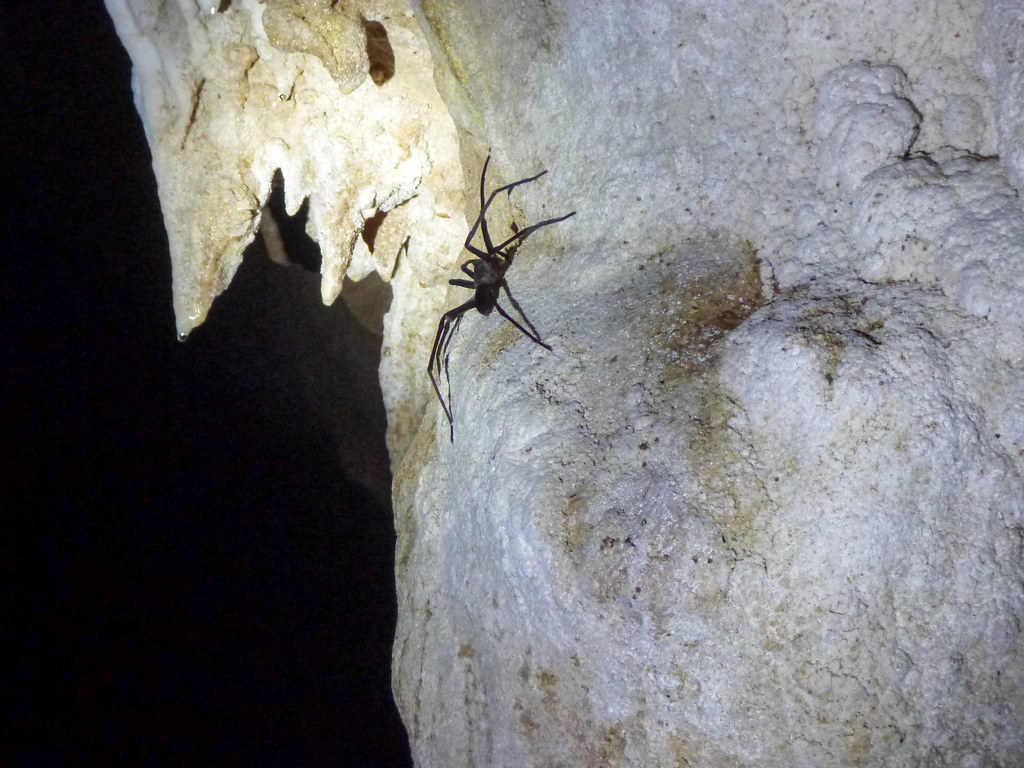
Living in perpetual darkness has led to extraordinary sensory developments in crack-dwelling spiders. Their mechanoreceptors have become so sensitive that they can detect vibrations caused by insects walking on the other side of a wall, allowing them to track potential prey through solid barriers. This heightened sensitivity extends to chemical detection, enabling them to identify different types of prey and potential threats through molecular traces.
Some species have developed enhanced proprioception, giving them an almost supernatural awareness of their body position within the three-dimensional maze of cracks and crevices. This internal GPS system allows them to navigate complex routes and return to specific locations with remarkable precision, even after extended hunting expeditions.
Building Materials and Spider Preferences
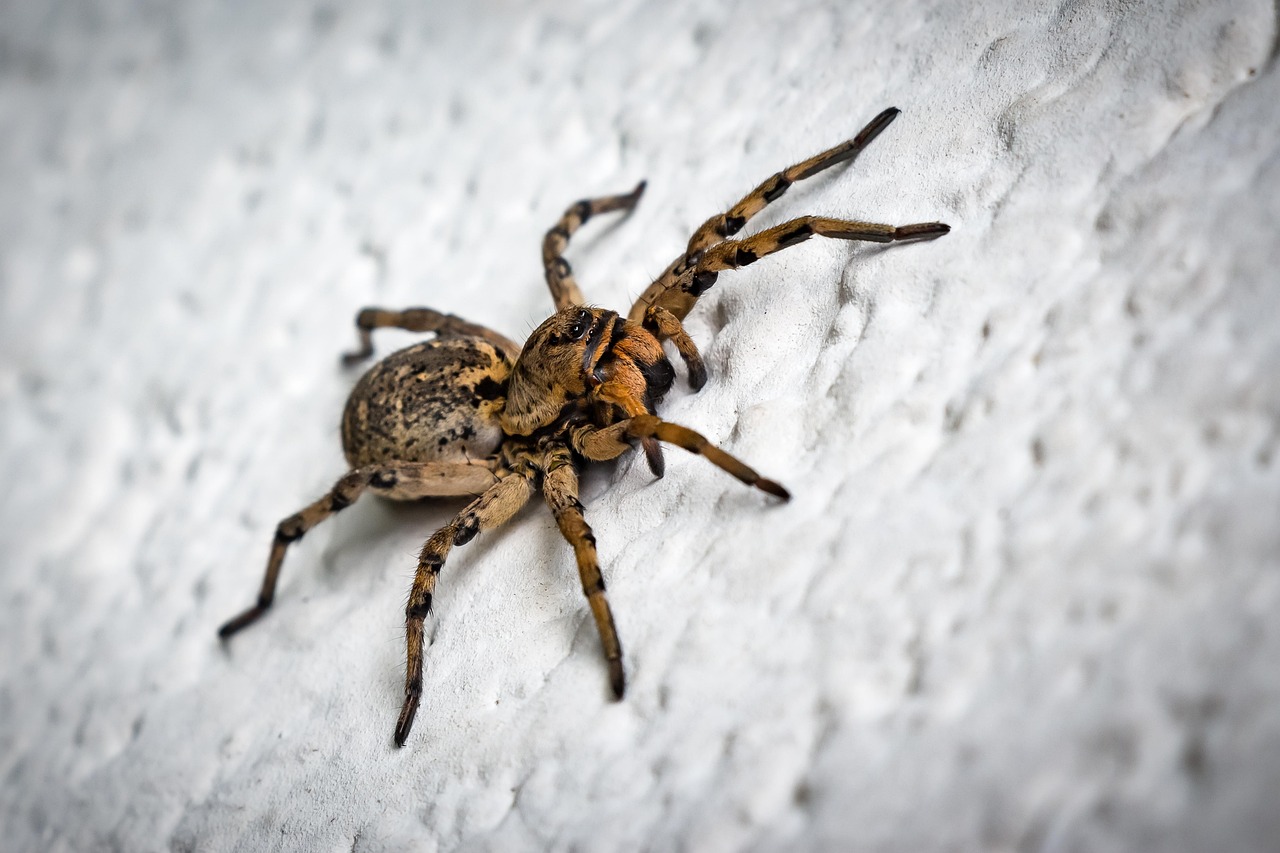
Different construction materials create varying environments that attract specific spider species. Wooden structures provide organic compounds that support diverse microorganisms, creating rich feeding opportunities for crack-dwelling spiders. The natural expansion and contraction of wood also creates dynamic crack systems that these spiders exploit for territorial expansion.
Concrete and masonry structures offer more stable crack environments with consistent temperatures and humidity levels. These materials tend to harbor different spider species that have adapted to the more alkaline conditions and the unique prey animals that thrive in these environments. Modern building materials like drywall and synthetic insulators have created entirely new ecological niches that some spider species are still adapting to exploit.
Seasonal Behavior Patterns
Despite their sheltered lifestyle, crack-dwelling spiders still respond to seasonal changes in ways that might surprise you. During winter months, many species enter a state of reduced activity, positioning themselves in the deepest parts of their crack systems where temperatures remain most stable. Their metabolic rate decreases significantly, allowing them to survive on minimal food resources during the cold season.
Spring brings increased activity as rising temperatures trigger breeding behaviors and territorial expansion. The warming of building materials causes subtle changes in crack dimensions that these spiders exploit to access new hunting grounds. Summer months often represent peak activity periods, with spiders maximizing their feeding and reproduction during the optimal conditions.
Ecological Impact Within Homes
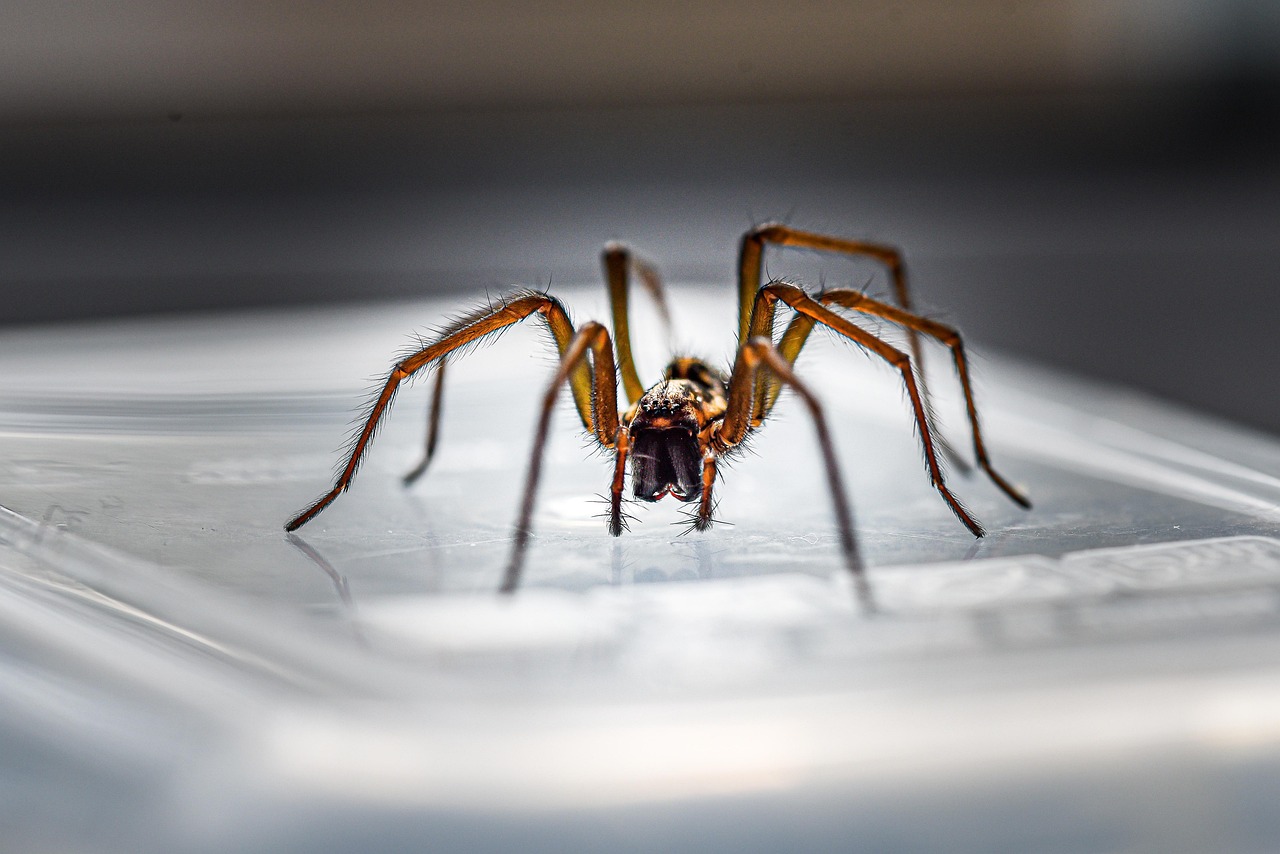
These hidden arachnids play a crucial role in controlling microscopic pest populations within our homes. They consume vast quantities of tiny insects, mites, and other arthropods that would otherwise multiply unchecked in the hidden spaces of our buildings. Their presence represents a natural form of pest control that operates completely outside human awareness.
The ecological balance maintained by crack-dwelling spiders extends beyond simple predation. They help process organic debris and contribute to the decomposition processes that occur within wall systems. Their waste products fertilize the microscopic plant life that sometimes grows in humid cracks, creating miniature ecosystems that support even more diverse life forms.
Detection and Coexistence
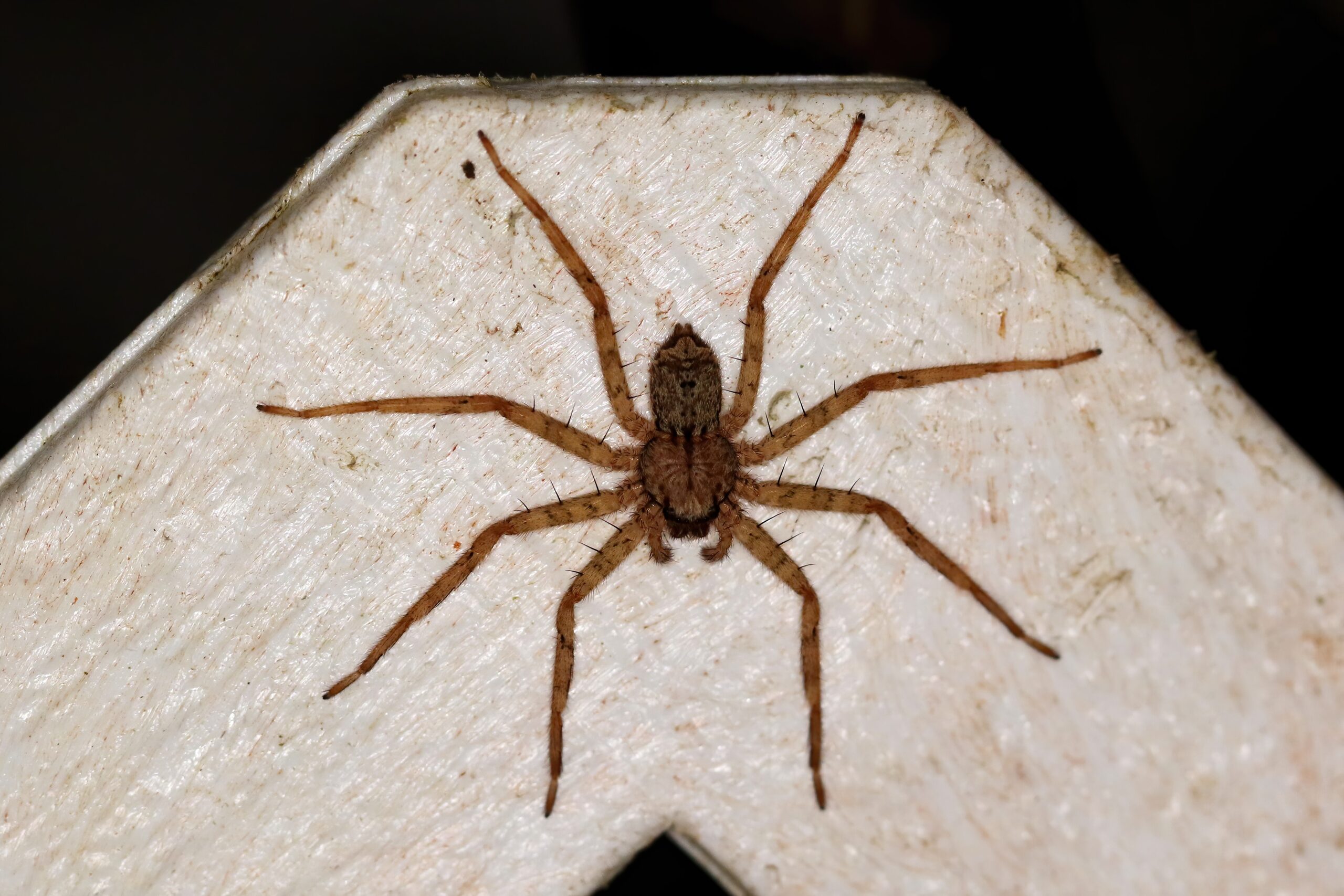
Most homeowners will never directly encounter these spiders, despite sharing their living spaces with potentially hundreds of individuals. The signs of their presence are subtle: tiny silk threads spanning narrow gaps, microscopic molt casings wedged in crevices, or the occasional glimpse of movement in peripheral vision. These spiders have mastered the art of invisible coexistence with humans.
Understanding their presence can actually be reassuring, as crack-dwelling spiders pose no threat to humans while providing valuable pest control services. Their bites are extremely rare and typically no more serious than a mosquito bite, making them among the most benign arthropods that share our living spaces.
The Future of Crack-Dwelling Spiders
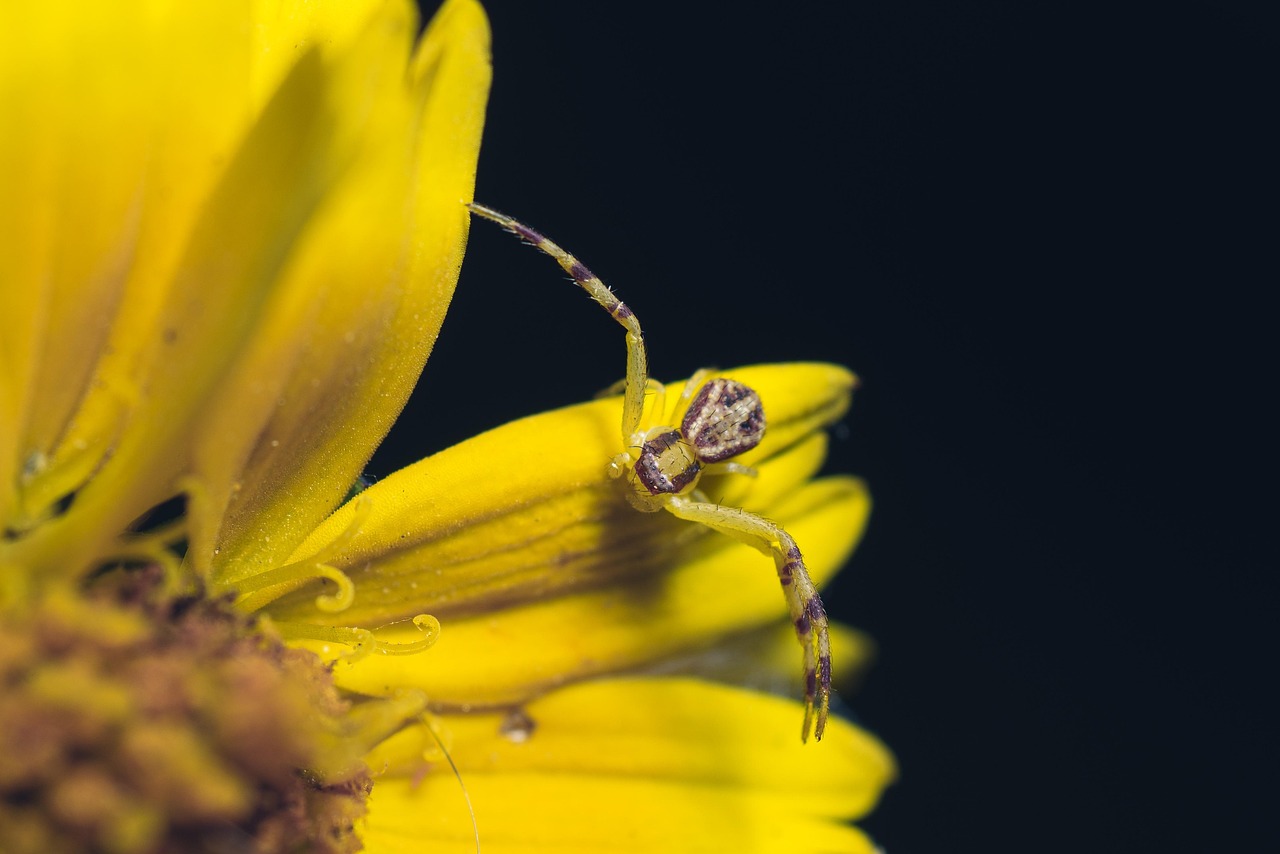
As building techniques evolve and new materials are developed, crack-dwelling spiders continue to adapt and find new ecological niches. Modern construction methods that emphasize energy efficiency often create more sealed environments, potentially concentrating these spider populations in specific areas. Climate change may also influence their distribution patterns as temperature and humidity conditions shift within buildings.
Research into these remarkable creatures is revealing new insights into biomechanics, sensory biology, and evolution. Scientists are studying their movement patterns to develop new robotics applications and examining their sensory adaptations for potential technological innovations. The next time you notice a tiny crack in your wall, remember that you might be looking at the entrance to a complex world that has been thriving in secret for millions of years.
Conclusion
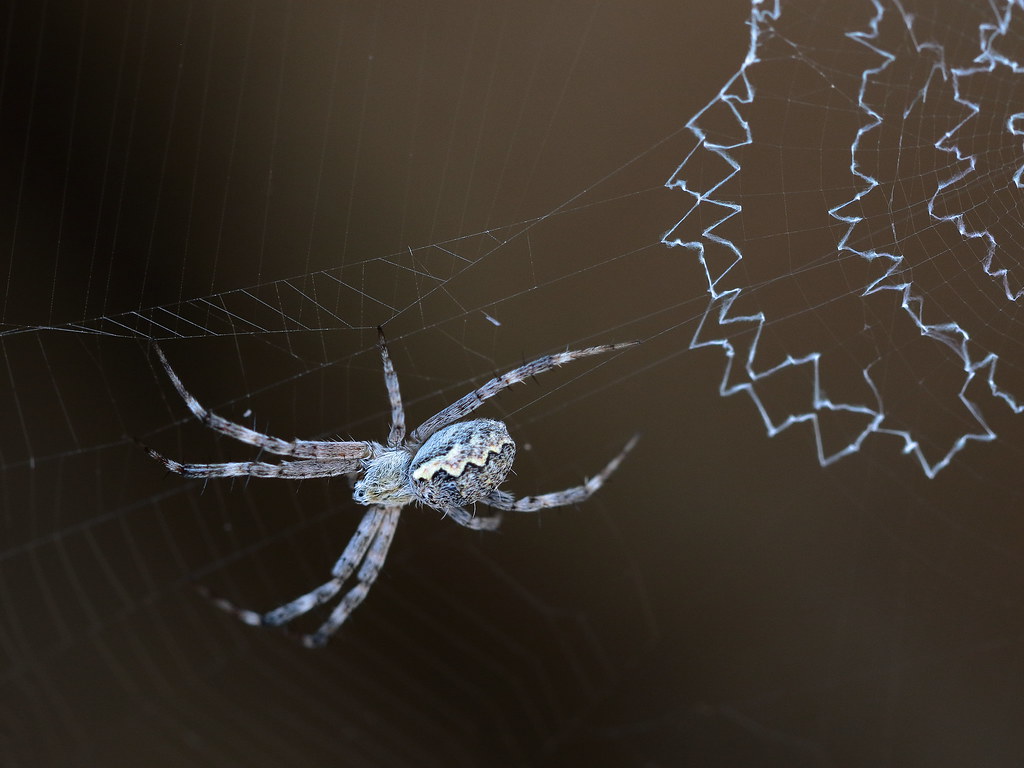
The world of crack-dwelling spiders represents one of nature’s most remarkable examples of adaptation to extreme environments. These microscopic marvels have transformed the hidden spaces within our homes into thriving ecosystems, complete with specialized hunters, complex reproductive strategies, and intricate food webs. Their ability to thrive in spaces that seem impossibly restrictive demonstrates the incredible plasticity of life and the endless creativity of evolutionary processes.
While we may never see these spiders in our daily lives, their presence reminds us that nature finds a way to colonize even the most unlikely habitats. They’ve been our silent roommates for thousands of years, providing pest control services while asking nothing in return except the small cracks and crevices that we barely notice. What other hidden worlds might be thriving right under our noses, waiting to be discovered?
